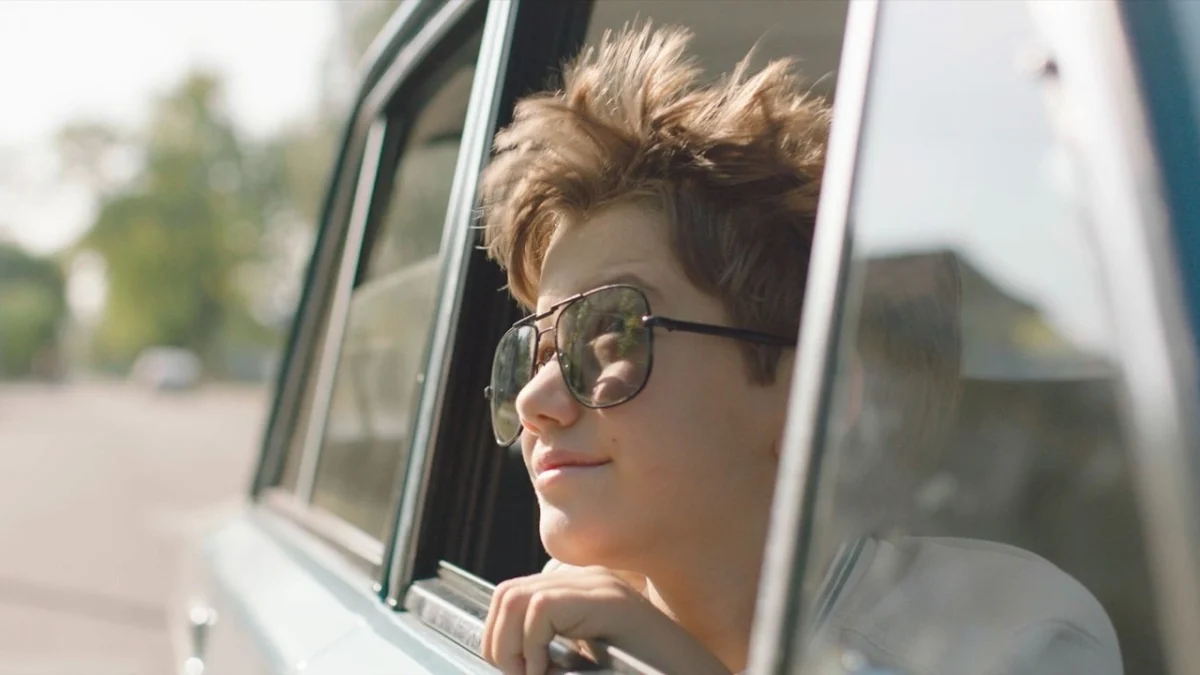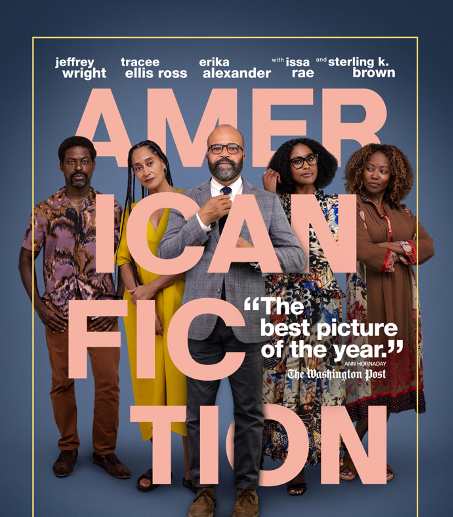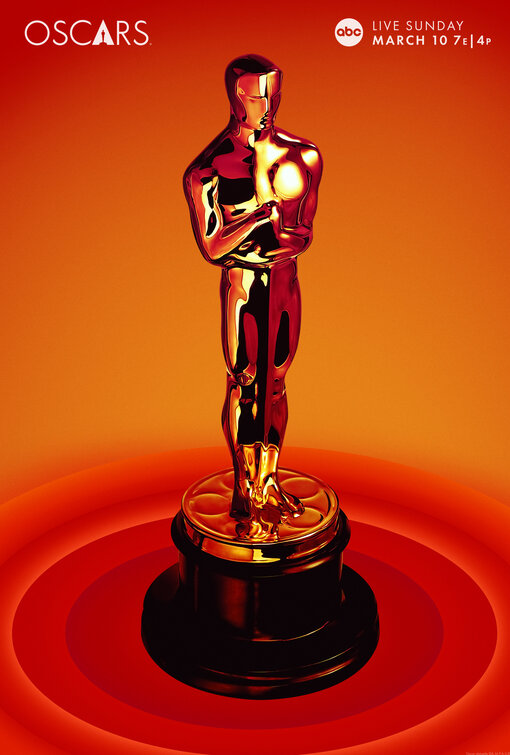Who knew Martin Scorsese could direct a family movie?

With a recent slew of gritty films such as “Gangs of New York” and “The Departed,” the film “Hugo” may seem an odd choice for the award-winning director. But while it may have a child star and boast a PG rating, the movie still has all the clever cinematography and dramatic sequences of Scorsese classics.
And although “Hugo” follows the adventures of young Hugo Cabret (Asa Butterfield), the 1930s period piece is at its core an exploration of early cinema – a behind-the-scenes look at the life and works of early 20th century filmmaker Georges Méliès.
Hugo grew up learning how to fix machines from his clockmaker father (Jude Law). But after his father’s death, he begins a life inside a Parisian train station, making sure its clock towers continue to run. He scours the station searching for spare parts in an attempt to fix a broken automaton, a wind-up figure that he and his father had been working on together. The automaton’s mysteries lie hidden within the train station, leaving Hugo and his new friend, a girl named Isabelle (Chloë Grace Moretz), to discover secrets about the automaton as well as about Isabelle’s godfather (Ben Kingsley), the owner of a toy shop in the station.
Just like the clocks and gadgets Hugo tinkers with, the station itself is depicted as a machine with repetitive, moving pieces. A disabled, bitter inspector (Sacha Baron Cohen) patrols the interior in search of thieves and orphans to arrest. Across the way, a vendor (Richard Griffiths) approaches a café owner (Frances de La Tour) but is scared away by her barking dog. Passengers move in massive packs around the station. These repeated scenes of condensed humanity give the film a sense of mechanistic routine.
Through the character of Isabelle, Hugo and the audience are eventually introduced to the world of early cinema – think of that legendary 1896 screening when film audiences reportedly cowered in fear at the sight of a train barreling towards them. “Hugo” focuses in particular on Georges Méliès, a French director who is credited as being an early pioneer in cinematic tricks such as multiple exposures, time lapse and substitution.
Films made during Méliès’ era may today appear humorous and simple on the surface; they are black and white silent films, often just a few minutes in length. But “Hugo” illustrates the complexity behind their production. In one brilliant sequence near the end of the movie, a flashback reveals the behind-the-scenes action inside Méliès’ film studio. A number of costumed actors are called into the scene in front of layered decorative sets. Explosions are used to provide cover for a clever substitution. Everything happens simultaneously, but Méliès is shown in total control, happily shouting out commands, despite also appearing in his own film as an actor.
That director’s expression of passion and excitement is perhaps what drew Scorsese to the story. At one point in “Hugo,” Méliès tells a young boy, “If you’ve ever wondered where your dreams come from when you go to sleep at night, look around you. This is where they are made.”
Scorsese makes the most of a movie with few characters and locations. He utilizes an effective shot selection, ranging from beautiful sweeping shots of the train station’s hidden inner chambers to haunting close-ups of the automaton as it watches Hugo sleep. The boy’s dreams also allow the director some fun, as some of the movie’s most tense and visually spectacular sequences occur during Hugo’s somewhat prophetic nightmares.
Among the actors, none shines brighter than Kingsley (“Gandhi,” “Schindler’s List”) in his portrayal of the fragile, elderly toy shop owner, emotionally broken by a life of disappointments. Teenage stars Butterfield (“The Boy In The Striped Pyjamas,” “Nanny McPhee And The Big Bang”) and Moretz (“Kick-Ass,” “(500) Days of Summer”) also performed well as the young heroes, displaying maturity in their roles during the film’s most serious segments. Emily Mortimer and Christopher Lee also have small roles in the movie.
The film is based on Brian Selznick’s 2007 novel “The Invention of Hugo Cabret.” The book is unusual in that it is nearly 550 pages but contains over 275 pictures, leading the author to say in a letter on Amazon.com that his work “is not a exactly a novel, not quite a picture book, not really a graphic novel, or a flip book or a movie, but a combination of all these things.”
Based on trailers for the movie and its promotion of the film’s 3D use, Paramount Pictures appears to be pushing the film toward a family audience. But moviegoers of all ages will enjoy “Hugo.” On the surface, it is a visually engaging and entertaining adventure tale. Beyond that, however, it tells the story of an early film pioneer and movie enthusiast. There’s no one better to tell both stories simultaneously than Scorsese, who effectively weaves the tales together into a neat two-hour package. “Hugo” is Oscar nominated for Best Picture, Art Direction, Costume Design, Directing, Film Editing, Music (Original Score), Writing (Adapted Screenplay), Visual Effects, Sound Editing, Sound Mixing and Cinematography.
Chris Shores can be reached at [email protected].












